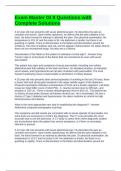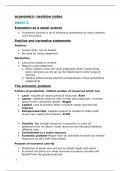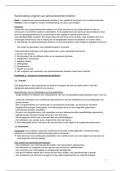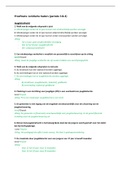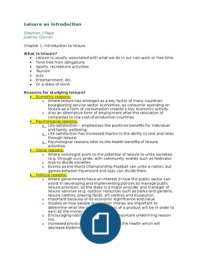Exam (elaborations)
Exam Master GI II Questions with Complete Solutions
- Course
- Institution
A 42 year old man presents with acute abdominal pain. He describes the pain as constant and severe. Upon further questions, he affirms that the pain radiates to his back. He leans forward in attempt to alleviate the pian. One physical examination, his temperature is 101.1F and his pulse is 94. His ...
[Show more]
